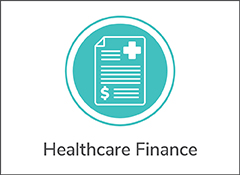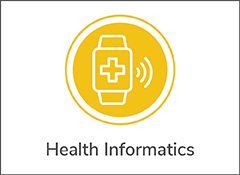
This class is an introduction to decision analysis and cost-effectiveness analysis; it provides a global introduction to the theory, techniques, and practical issues surrounding model development for health economic analysis, with a focus on development and testing of decision trees. Other topics include systematic review, meta-analysis, health status measurement with utilities, budget impact modeling, and quality assessment of health economic models. The class consists of interactive didactic lectures supported by hands-on laboratories and reading assignments to become familiar with decision analysis software.
- Teacher: Christopher Almario
- Teacher: Brennan Spiegel

Digital health is a broad term that encompasses use of digital devices and platforms, including electronic health records (EHRs), patient-provider portals, mobile health (mHealth) applications, and wearable biosensors to improve the process and outcomes of healthcare delivery. In this course, we will explore how digital interventions are being employed to drive clinical decisions and offer value to healthcare organizations, their patients, and their staff.
- Teacher: Kathy Oka
- Teacher: Brennan Spiegel

The goal of the
capstone project is to demonstrate skills learned in year 1 in an applied
setting within Cedars-Sinai. Specifically, this included the following course
objectives:
- Teacher: Christopher Almario
- Teacher: Jan Ballesteros
- Teacher: Celina Shirazipour